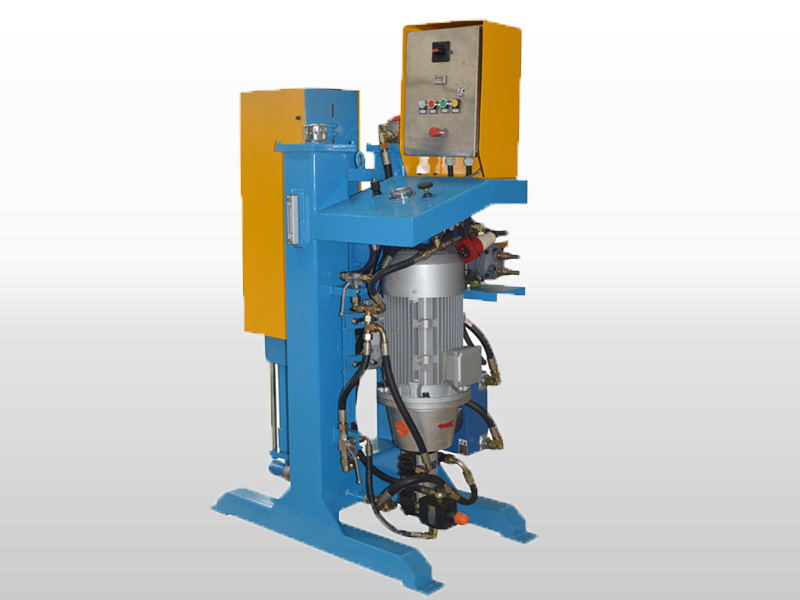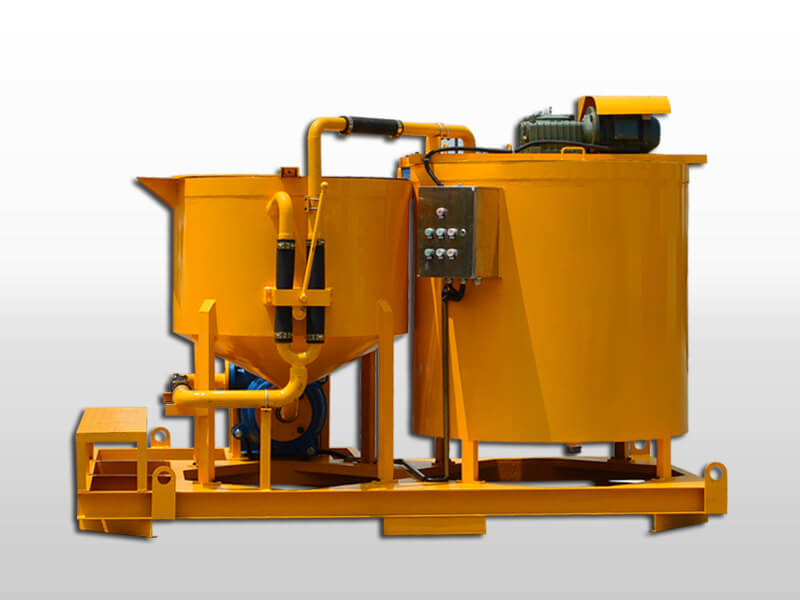reciprocating grout pump diaphra piston plunger
Reciprocating Pumps – Diaphragm, Piston, Plunger
Reciprocating Pumps – Diaphragm, Piston, Plunger These pumps have a diaphragm, piston or plunger which is reciprocating back and forth through a fixed stoke length. The diaphragm pumps use a circular semi-flat membrane that is flexed from a concave to a convex shape within a sealed chamber.
Types of Reciprocating Pumps – Piston, Diaphragm, Plunger
The three classes of reciprocating pumps are piston, plunger, and diaphragm. Piston pumps generally are used where medium to high delivery pressures are required, such as for a high-pressure flushing of vessel interiors and tanks. These can be obtained in …
Reciprocating Pumps – an overview | ScienceDirect Topics
Sep 15, 2016· Reciprocating pump packing configuration, speed and plunger surface treatments influence sealing ability and the life of the packing and plunger/piston rod. Plunger/piston rod packing in a non-lubricated stuffing box design relies on the pumped fluid to provide lubrication between the packing and plunger, which helps keep temperatures low.
10 Key Facts About Reciprocating Pumps | Hydro, Inc.
Nov 18, 2018· The main classes of reciprocating pumps are piston, plunger and diaphragm. A piston pump has its entire solid moveable action sliding within a cavity. A plunger pump typically has a flexible periphery around a central solid moveable portion, with …
What is the difference between plunger and diaphragm …
Bw Series Triplex Piston Grout Pump – Made-in-China … Piston pumps and plunger pumps are reciprocating positive displacement pumps that use a plunger or piston to move media through a cylindrical chamber. … triplex pumps & triplex ultra high pressure pumps, plunger pumps, diaphragm pumps & centrifugal pumps.
Triplex Piston Grout Pump – vacuumpumpworks.com
The key components used in reciprocating pumps are. Piston, Plunger or a diaphragm: All these parts have the basic functionality of moving the liquid inside the cylinder.The piston is a lubricated sliding shaft which moves inside the cylinder and pushes the liquid in forward and backward motion, creating a cavity and a high volume pressure at the outlet.
Understanding How Reciprocating Pumps Work | Designs
A reciprocating pump uses positive displacment to move reciprocating (back and forth) parts through the use of a piston, diaphragm, and at times a plunger. While a piston uses an up and down motion, as seen in car engines, the diaphragm pump uses a flexible band or sheath to move media. This part is referred to as the diaphragm. Reciprocating …
Main Pump Types: Reciprocating, Diaphragm – Houston
The RDP series of Reciprocating Plunger Pumps is suitable for handling most liquids for Oil & Gas, Industrial and Wastewater Treatment applications. RP’s RDP pump series are a type of positive displacement pumps where a smooth cylindrical plunger slides through the seal, making it different from piston pumps and allowing higher pressures.
Reciprocating Plunger Pumps API 674 & ISO 13710 – …
Hypro Corporation’s Twin piston pumps are used in a variety of spraying and pressure cleaning applications, as well as hydrostatic testing. These heavy-duty pumps are ideal for fluid handling of water and nonabrasive or general use chemicals.
Piston – PumpBiz
A Piston differs from a Plunger, as the packings or seal if fitted to the piston and reciprocates with it inside a sleeve/cup. This Piston and Plunger pumps provide a pumping solution which lends itself to typically low flow, high pressure applciations.
Piston and Plunger Pumps | AxFlow
Diaphragm Piston Plunger Rotary . Reciprocating Gear Lobe Sliding Vane Screw . Positive displacement. radial piston pump. 2. CHARACTERISTICS OF POSITIVE DISPLACEMENT PUMPS. Pneumatic . Piston Pump: Axial piston pumps use swash plate principle and is more compact in design (Fig 1 T). hey use ‘through- drive series






















